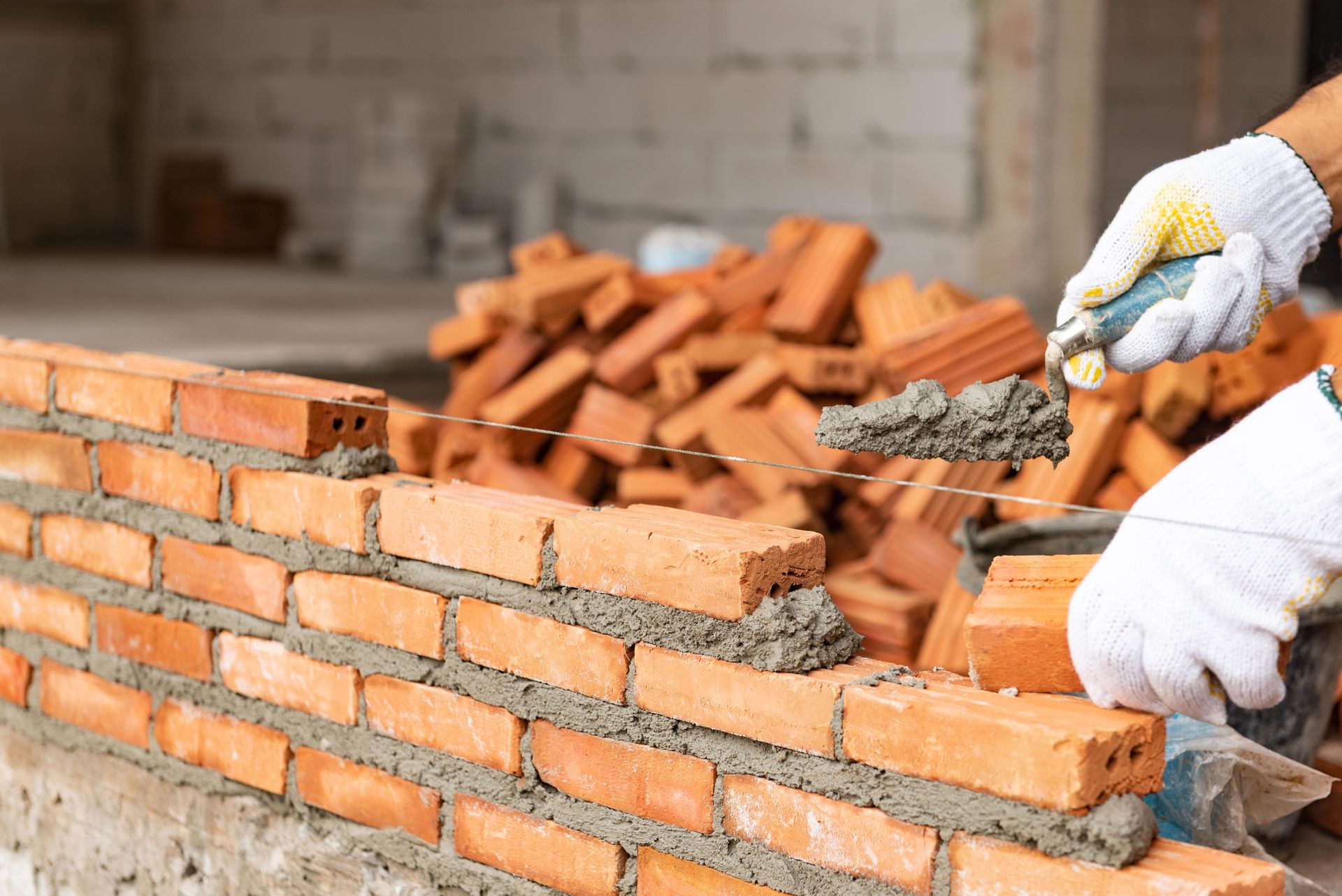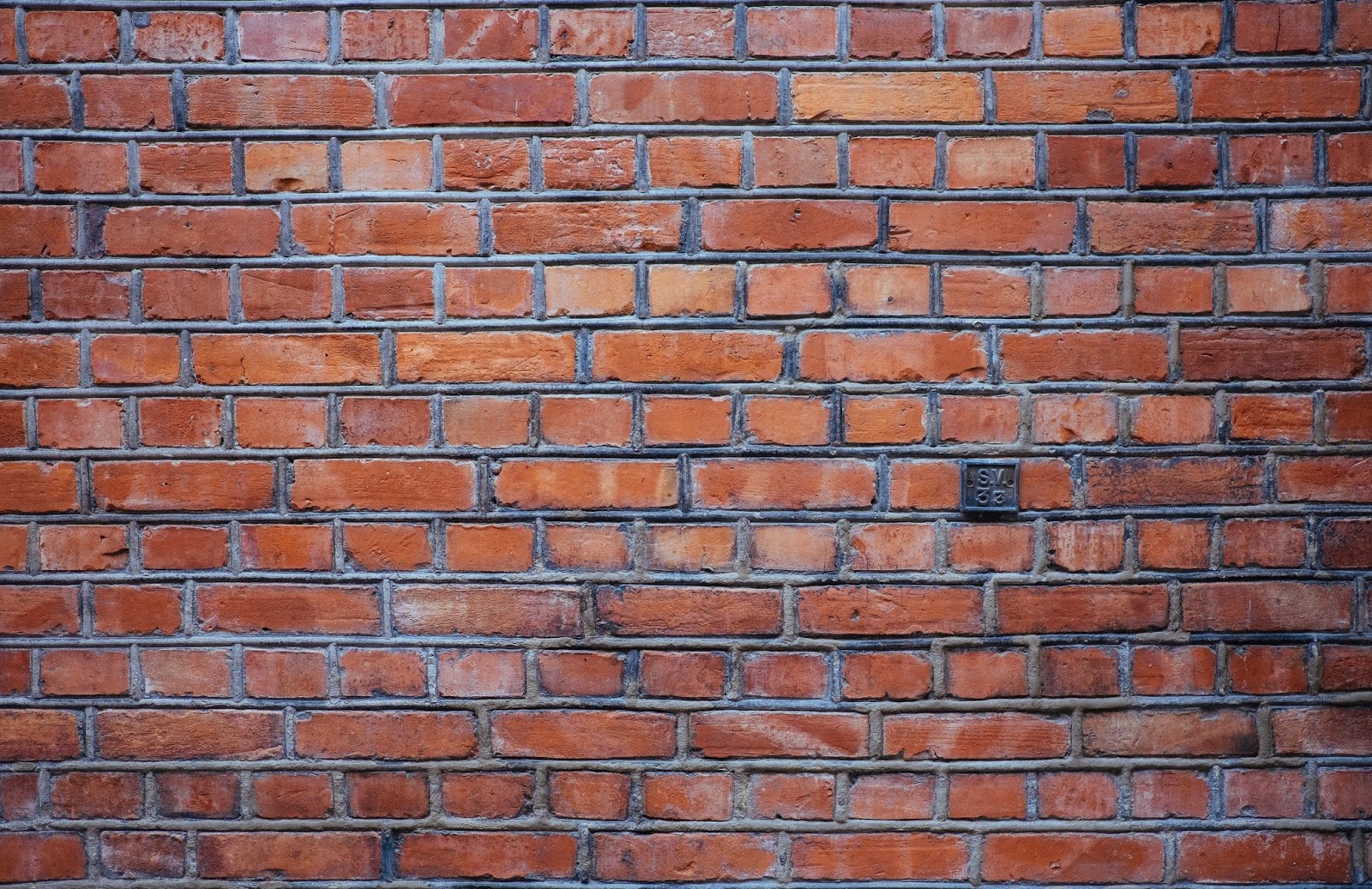The Artistry of Brick Masonry: Grapevine Masonry's Specialization
Wiki Article
Grasping the Art of Brick Masonry: an Overview to Building With Ageless Style
Are you prepared to become a master of brick stonework? In this guide, we will take you on a trip with the background, techniques, and keys of structure with timeless beauty. With vital devices and also products in hand, you'll discover step-by-step just how to lay blocks with accuracy, create magnificent patterns, and ensure the long life of your masterpiece. Obtain ready to transform your construction skills as well as produce sensational frameworks that stand the examination of time.The History as well as Development of Block Masonry
Block stonework has actually evolved over centuries, becoming a widely-used building technique (brick masonry). The old Egyptians were one of the very first to use mud blocks, developing frameworks that still stand today.During the Middle Ages, brick masonry saw a decline because of the popularity of stone building. Nonetheless, it experienced a revival throughout the Renaissance when engineers like Filippo Brunelleschi made use of bricks to create famous frameworks like the Dome of Florence Cathedral.
In even more recent times, the Industrial Transformation caused innovations in brick production processes. The innovation of steam-powered machines made it easier and faster to produce blocks, bring about boosted accessibility and also cost.

Today, block masonry remains to be a preferred selection for building as a result of its timeless elegance, toughness, and power effectiveness. Modern strategies, such as mortarless brick systems, have made it even easier for building contractors to develop magnificent brick structures. Whether it's a cozy fire place, a grand cathedral, or a contemporary home, brick stonework continues to be a functional and trustworthy building approach that has actually stood the test of time.
Necessary Tools and Products for Brick Stonework
You'll need a selection of materials and also devices to guarantee you have every little thing needed for effective block masonry. A brick hammer is also important for reducing as well as forming blocks as required. Furthermore, a jointer is necessary to produce smooth and consistent joints in between the bricks.Mortar is another vital product, as it acts as the adhesive that holds the bricks together. It's vital to pick the ideal kind of mortar for your job, based on aspects such as weather condition problems and also the type of bricks being made use of.
Step-By-Step Overview to Laying Bricks With Precision
Making use of the right devices as well as complying with a detailed strategy can aid you attain precise and exact block laying. To begin, collect your crucial devices: a trowel, block level, jointer, and also hammer. Beginning by preparing the foundation, guaranteeing it is degree as well as durable. Lay a bed of mortar as well as then place the first brick, touching it down gently with the trowel deal with to ensure it is firmly in area. Continue laying blocks, applying mortar to each one and also utilizing the level to view website look for evenness. As you go, make use of the jointer to produce an attire and also cosmetically pleasing finish. Bear in mind to leave area for development joints every 20 feet. For edges, utilize a corner brick or cut a block to fit. Cut a block to fit when you reach the end of a row. As you progress, occasionally check for levelness and readjust as needed. Finally, once all the blocks are laid, comb away excess mortar as well as enable the wall surface to dry for 24-hour before using any additional coatings. With perseverance and also interest to detail, you can achieve professional-looking brickwork that will stand the test of time.Techniques for Developing Beautiful Block Patterns
To accomplish spectacular block patterns, it is very important to explore various laying techniques as well as include contrasting shades for an aesthetically fascinating impact. By differing the method you lay your bricks, you can develop attractive as well as special styles that will boost the total visual allure of your job.
Incorporating contrasting shades is another method to add aesthetic impact to your brickwork. By utilizing blocks of various tones or shades, you can create elaborate patterns or emphasize particular areas of your task. As an example, you might use darker blocks to create a border or summary, or make use of her comment is here lighter blocks to produce a prime focus.

Repairing and maintaining Brick Masonry for Longevity
If you neglect regular upkeep and repair work, your brick masonry can wear away over time as well as shed its architectural honesty. Beginning by on a regular basis evaluating your masonry for any kind of indications of damage, such as splits, loosened blocks, or collapsing mortar. By staying aggressive with maintenance as well as fixings, you can make sure that your brick masonry remains gorgeous and strong for years to come.Conclusion
There you have it, you have actually currently mastered the art of brick masonry. With the right tools and also materials, you can create magnificent structures that exhibit classic style. By following the detailed guide, you'll have the ability to lay bricks with accuracy and also develop lovely patterns. Keep in mind to regularly preserve as well as repair your brick stonework to ensure its durability. Now, go out there and build with confidence, recognizing that you have the abilities to produce something genuinely amazing.Modern strategies, such as mortarless brick systems, have actually made it dig this even easier for home builders to create spectacular brick frameworks. A block hammer is also necessary for cutting and forming bricks as needed. For edges, utilize an edge block or reduce a brick to fit. You might utilize darker blocks to produce a border or overview, or utilize lighter blocks to produce a focal factor.
Beginning by frequently examining your masonry for any kind of signs of damage, such as fractures, loosened blocks, or crumbling mortar.
Report this wiki page